What are these people doing?
Picture a small group of people gathered on a suburban street looking intently at their phones. What's going on?
A few weeks ago, I made a post about verge visits and how they are an easy and effective event for group projects.
There’s another role these events play, especially on established verge gardens.
On Saturday, the
and Banyo District Verge Gardening groups came together for a verge visit on the main garden created in the Banyo Verge Garden Pilot Project in 2023.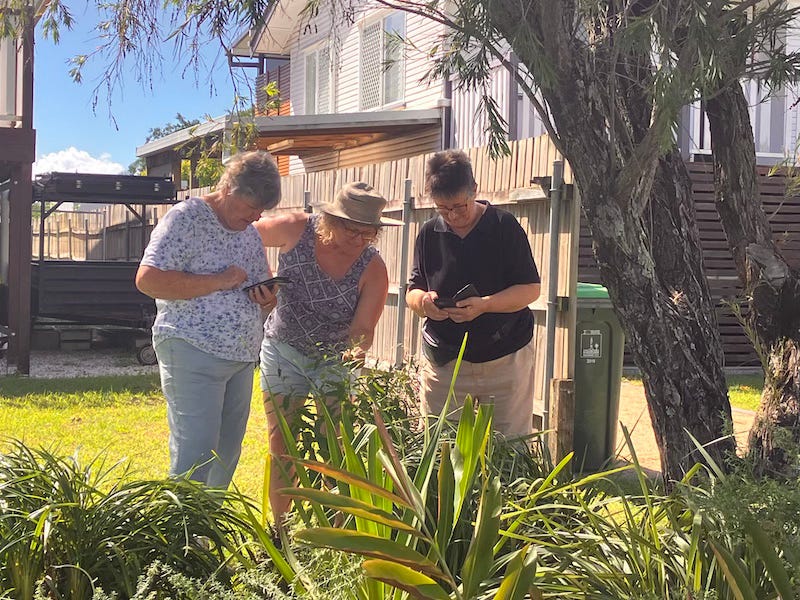
It was wonderful to see how these gardens have developed, and also how the friendships and community connections from the pilot project have continued.
I was inspired by the growth pattern of the Hibbertia scandens and decided to try using it as a groundcover plant and not just a climber.
But it was another plant that caught our attention.
This verge was originally planted with working bees and tubestock plants from the native nurseries as well as other plants added since. What was this mystery plant?
Was it a native? A weed? There were two in positions that looked like they might have been deliberately planted. It can be really hard to tell the difference. Fortunately, for this one, we had the extra clues of flowers and berries.
Some of us thought it looked a bit like this plant or that. No-one was sure. Jenny, who knows a lot more about native plants than the rest of us, thought it might be a Cestrum.
So, out come the phones.
Jenny was right. It was Cestrum parqui. A weed. And out it came.
Weeds on the Verge
Weeds are often introduced into verge gardens by stormwater, wind, dogs, and birds. Many are exotic plants from private gardens that make there way to our parks and creeks. Verges can be a buffer zone between private gardens and the stormwater system.
As gardeners working with nature, we often confronted with mystery plants and have to work out whether these are to be treasured or removed. That’s where the apps on the phones and the greater experience of some group members is invaluable.
What is your favourite app or site to identify plants and weeds? Please share with everyone in the comments.
Benefits of Group Projects and Group Visits
The outcome of this episode was not just the removal of one weed. It showed the value of diversity in groups and how there are many different roles that group members can play whether they have their own verge garden or not.
The conversations uncover the different and often complementary knowledge and skills of each group member. It builds the trust and relationships within the group and between groups.
So, a group of people who would never have met if it were not for these verge garden projects, standing in a public space, concentrating on a shared question and coming up with an agreed course of action is an example of how we build the collaboration skills and networks that allow us to tackle much bigger and more complex problems.
This doesn’t happen by chance. It works for these groups because they follow the Shady Lanes guiding principles for verge gardening and the practices for managing loose groups and networks for innovative collaborations.
Thank you to Sandra who noticed us there and took the photo that inspired this post.
Read more:




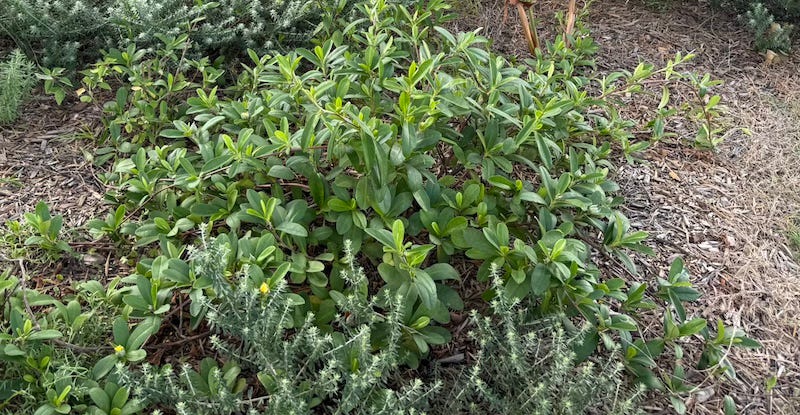
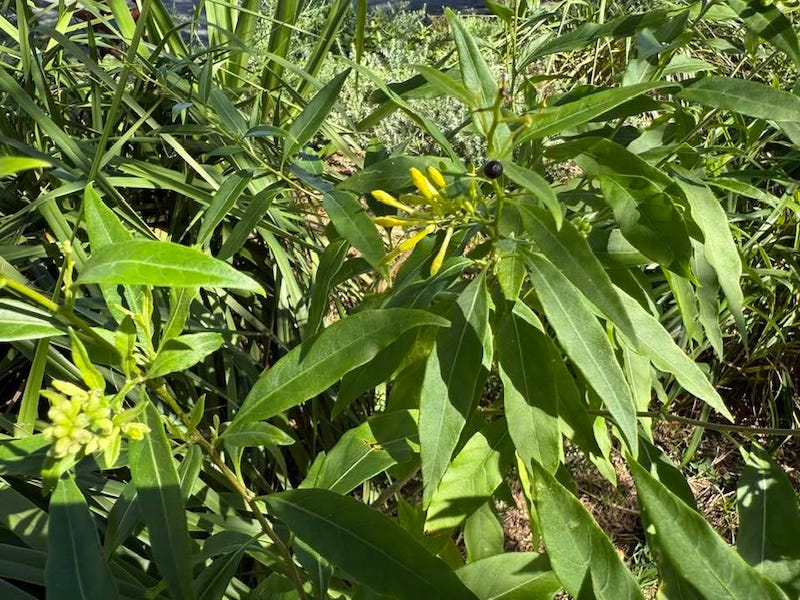
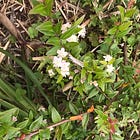
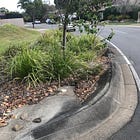
Do you have a list of your preferred native plants for verge gardens?
I find the aps AI has a way to go to get our native plants correctly but the fb group already mentioned - qld plant id. Is fantastic. And Inat for its AI capability for identification. But you shouldnt record planted specimens on Inat.
iNaturalist is a good free app to identify plants, and you can do much more with this app.